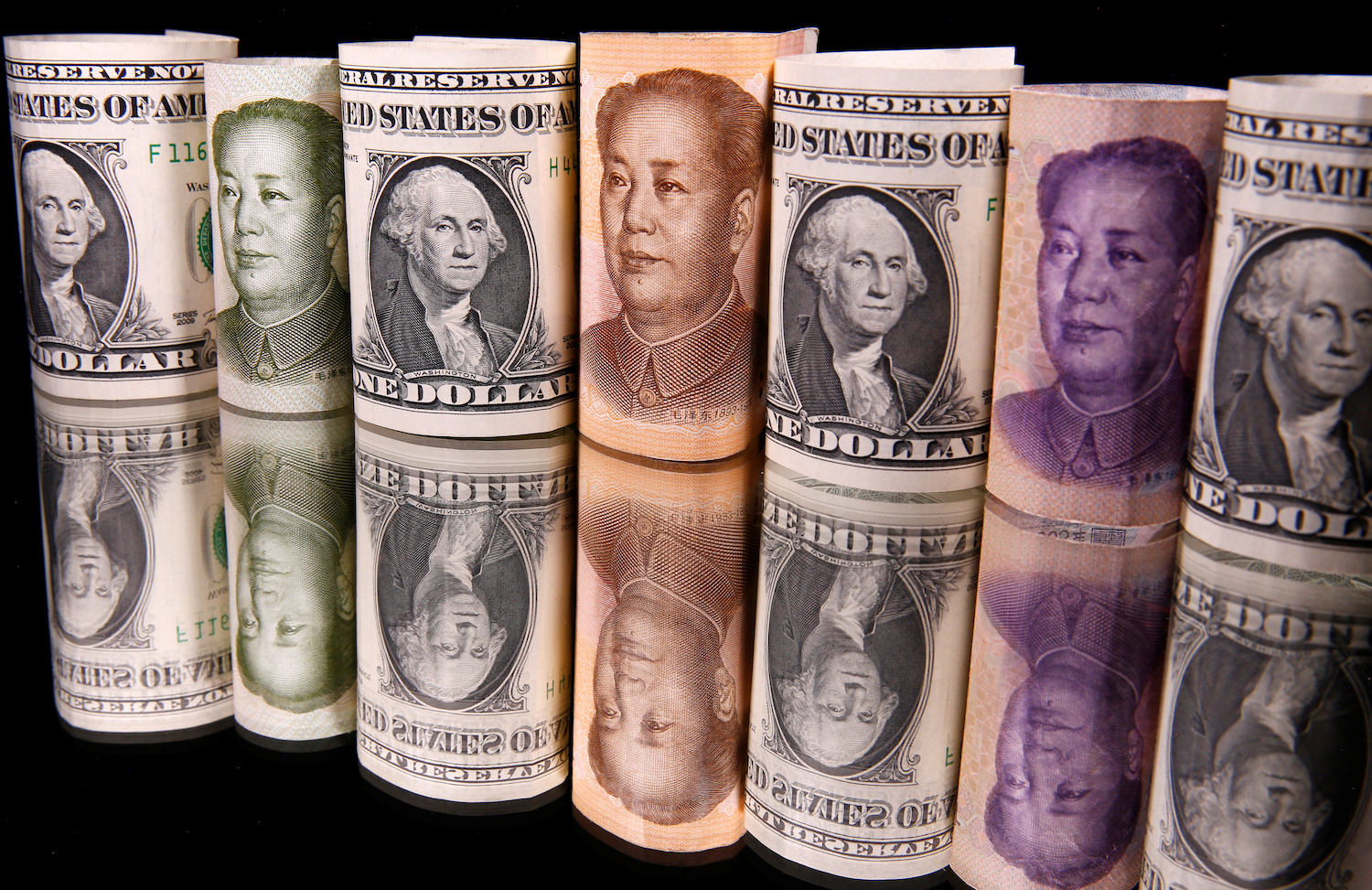(ATF) China’s quick economic recovery has made it the only major economy to post growth in 2020, and the PBoC’s reluctance to cut rates has analysts scrambling to raise their forecasts for the yuan.
A spokesperson from the State Administration of Foreign Exchange has called for enterprises to be cautious about exchange fluctuation risks as exchange rate flexibility has become stronger.
The renminbi has strengthened notably in recent weeks.
On October 22, the People’s Bank of China set the central parity exchange rate for the renminbi/ yuan against the US dollar at 6.66 – a new high since July 2018. That compares with the weakest level this year on May 29 when the central parity exchange rate was 7.13, meaning the currency has appreciated by over 7%.
“The strength has been well supported by fundamentals,” Dr Tao Wang, head of Asia economics and chief China economist at UBS Global Research, said in a note.
China recorded GDP growth of 4.9% in the third quarter (Q3), bringing total GDP in the first three quarters to 72.3 trillion yuan (US$10.8 trillion), up 0.7% year-on-year, according to data released by the National Bureau of Statistics on October 19.
The International Monetary Fund expects China’s economy to grow 1.9% this year, and says China will likely be the only major economy to expand in the face of the coronavirus.
China’s exports grew strongly in recent months due to its supply chain resilience and increased global demand for medical supplies and electronics products. This helped to push the current account surplus to $110 billion in the second quarter (Q2) and trade surplus to $158 billion in Q3.
Moderate easing by PBoC
The PBoC’s more moderate policy easing than most other major central banks also led to rate differential of 240-250bps in both 10-year government bond yields and 3-month LIBOR-SHIBOR.
Attractive yields and China’s accelerated opening of financial markets to foreign investors have helped to attract increased portfolio inflows – Q2 alone saw over $60 billion in such inflows.
UBS believes the renminbi/yuan will be pushed stronger in the remainder of this year because of strong fundamental support, the PBoC’s explicit tolerance of renminbi appreciation and increased flexibility, and the absence of further escalation of US-China tension in the near-term. They have revised their forecast for the yuan versus the dollar to 6.5 for end of 2020.
Oliver Allen, a markets economist at Capital Economics, also believes that the climb in the renminbi against the US dollar has further to run.
“While government bond yields in most markets have remained flat or drifted a little lower over the past few months, those in China have climbed quite consistently,” said Allen. “We still think that the gap in (the US’s and China’s 10-year government bond) yields will remain wide by past standards. All else equal, that would point to further upward pressure on the renminbi,” he said.
A managed currency
But the renminbi is a managed currency, and the PBoC could push back against its rise.
Two weeks ago, the PBoC scrapped a two-year rule that required banks to hold a 20% reserve on certain foreign exchange forward contracts, making the renminbi easier to short. But Allen believes the PBoC’s aim is to smooth currency adjustments, rather than prevent them entirely.
“If anything, the PBoC’s recent efforts to slow the adjustment in the renminbi are a reason to think that China’s rapid economic recovery has not yet been entirely reflected in its currency,” Allen said.
“This informs our forecast that the renminbi will end next year at 6.3, versus roughly 6.7 at present,” he said.
China’s State Administration of Foreign Exchange (SAFE) expects the renminbi exchange rate to continue to fluctuate both ways around a reasonable equilibrium level.
Internally, the strong fundamental support of China’s domestic economy will help to stabilize the foreign exchange market, but there are also uncertainties and unstable factors externally, said Wang Chunying, deputy director and spokesperson of SAFE, at a press briefing last Friday.
She noted that flexibility in the renminbi exchange rate had increased this year, and called for enterprises to actively manage exchange-rate risks through moderate hedging and appropriate arrangement of the currency structure of their assets and liabilities.
The average one-year implied volatility of renminbi in the domestic option market is now 5%, much higher than the previous volatility of 2% for a long period in the past, according to Wang.






















